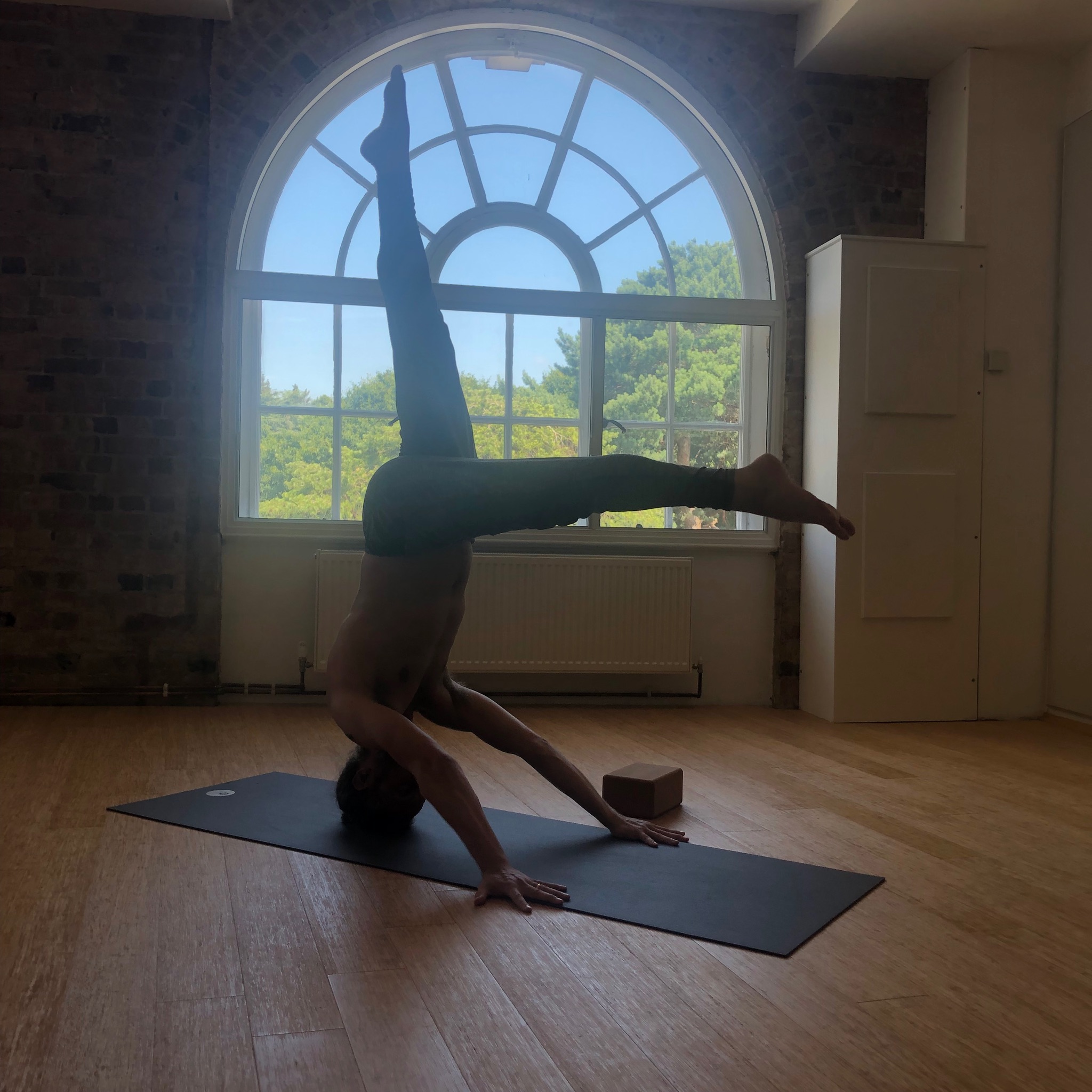You’ve probably heard all about the benefits of practising Yoga. But if you’re not careful, Yoga can also cause injury. As Yoga becomes increasingly popular, there are plenty of stories of injuries resulting from the practice. Some types of injuries are more common than others, particularly those to the wrists, hips, knees, hamstrings and neck. Here’s how you can avoid them to get the most out of your time on the mat.
Finding relief in your wrists
Yoga is an incredible practice for wrist strength and mobility. In any pose where weight is placed in your hands you want to distribute your body’s weight through both hands evenly by spreading them wide and pressing down through your fingers. If you think about it, Yoga asks a lot from the wrists with all the weight-bearing postures that you have in the Flow. So when you come to Adho Mukha Svanasana (Downward-Facing Dog), it’s best to push your hips back as much as you can to decrease the angle of your wrists to the floor. Or at least bring your shoulders back so they’re well behind your wrists. Conversely in arm balances such as Chaturanga Dandasana you want to make sure that your elbows are stacked above your wrists.
Finding relief in your hips
A lot of Yoga poses ask you to open your hips, but pushing yourself to the extreme by going to the maximum range of motion can irritate the already compromised joint. This can create painful inflammation and aggravate the lower back. There is no need to go too deep in standing poses, lunges or forward folds, and a good tip is to always have at least a slight bend in your knees.
Finding relief in your neck
Neck injuries can take forever to heal. So if you can avoid neck pain altogether, then why not take the necessary precaution in advance? It’s really important to listen carefully to the instructions when coming into either the headstand or shoulderstand poses or preparations. There is no need to practise these poses if they’re likely to cause you harm. Ever. Just skip them. Practise each step in the preparation for a short while and ensure your body is stable before progressing to the next step.
Finding relief in your knees
The knees are one area that especially require precision and alignment. This means tracking where your knees go as you perform standing bent leg postures. The general rule is you want your knee to be in line with your second and third toes. Recognise the significance of this, as when the knees migrate elsewhere they put strain on the joint. Take note of your hip flexibility and do not sacrifice your knee alignment in an effort to pursue more open hips.
Finding relief in your hamstrings
Whether you’re a running enthusiast, an ardent walker, or you normally sit for long periods, you’re likely to have tight hamstrings. You can not only focus on stretching your hamstrings to prevent injuries, but you also need to strengthen them too.
Head to our Hatha Yoga classes to learn the basics while our Restorative Yoga and Yin Yoga classes help you learn how to relieve soreness and tightness all on your own.
